
Portrait of a miner at Thong Nhat coal mine ( Quang Ninh ) (Photo: Nguyen Khanh/Tuoi Tre Newspaper)
Life and career stories of journalists
Journalist Nguyen Khanh: Emotions will be the "anchor" to help press photos stay longer with readers
For Nguyen Khanh, each photo is like a puzzle piece, a lego piece for him to complete his own “inner emotional journey”. Compared to technique, Khanh believes that, in the end, emotion will be the anchor to keep readers staying longer with the event. Besides, a photojournalist needs compassion and sharing when approaching a topic.
On the occasion of the 100th Anniversary of Vietnam Revolutionary Press Day (June 21, 1925 - June 21, 2025), Nhan Dan Newspaper had a conversation with journalist Nguyen Khanh about his views on press photography, KOLs and other side stories...

No topic is too small
PV: Let's start from student life, I remember, back then, there was a whole movement to write for newspapers early. What about Nguyen Khanh?
Journalist Nguyen Khanh: I started much later than my classmates. In my third year, when everyone started writing for newspapers, I was still participating in student activities, then became the editor-in-chief of a school newspaper. But that time gave me a lot of things, maybe not journalistic experience, but the ability to interact with people. Later, this skill helped me a lot in journalism, because this is a profession that requires interaction with different lives in society.
PV: At that time, were you impatient?
Journalist Nguyen Khanh: No. I just think, when the time is not right, you should not try to "force yourself" or try your best. The turning point came when I started my internship at Tuoi Tre Newspaper in Ho Chi Minh City [Hereinafter referred to as Tuoi Tre Newspaper - PV]. Right at this time, a very big event was taking place when the turtle in Hoan Kiem Lake got sick.
The editorial office assigned Tien Thanh and I as two interns to follow this topic. So, every day, at 6am, we went from Nga Tu So to Hoan Kiem Lake to follow, continuously for 2 months. Then I was lucky to take a photo of the Hoan Kiem Lake turtle emerging from the bank, its body ulcerated due to infection. The photo was highly appreciated by the editorial office and was also shared a lot.

The turtle of Hoan Kiem Lake emerged from the water with many wounds on its body. The above photo was taken by Nguyen Khanh on March 3, 2011. After that, a rescue campaign for the turtle of Hoan Kiem Lake was launched and lasted for nearly a year.
After that photo, I decided to become a professional photojournalist. After graduating, I continued to work for Tuoi Tre and have worked there until today.
It must also be said that, although it is always open to everyone, Tuoi Tre is also an extremely harsh environment, especially for young people. There, we have to swim and learn by ourselves. But I am very determined with my choice. I borrowed 40 million from the school's Student Loan Fund, and borrowed more from friends to buy equipment. If you want to be serious about your career, you also have to invest seriously. During this period, I also took photos of all genres, from life, culture-society, and current events. I have no concept of which topic is big or which is small. As long as the editorial office requests, I am ready to go.
PV: I strongly agree with the view that there is no such thing as a big or small topic. If we differentiate in this way, we will limit our perspective as journalists.
Journalist Nguyen Khanh: I always think that when choosing the path of a professional photojournalist in particular, or journalism in general, one must be diligent and dedicated to the profession . We have no right to refuse any topic. In the early days of work, I took photos of fires, disasters; took photos of People's Council meetings... Even when the editorial office requested, I was willing to ride my motorbike to Ha Nam just to take a photo to illustrate an article that would be published in the newspaper the next day.
I still remember, the first photo report published in Tuoi Tre newspaper was about the coal miners at Ha Tu mine. At that time, I spent a whole week, following the workers into the tunnel every day, eating and sleeping there. At night, I followed the workers' vehicles back home.

A baby born to a mother infected with Covid-19 at the Central Hospital for Tropical Diseases. (Photo: Nguyen Khanh)
PV: I still remember your photo reportage “Fighting the Fire” won the B prize of the National Press Award in 2013. Those were photos born from a current event. That means, we can absolutely succeed from any event if we know how to do it and work seriously?
Journalist Nguyen Khanh: That year, there were many fires in Hanoi. When we received news of a fire at a gas station on Tran Hung Dao Street, my colleagues and I simply thought that this was probably just a normal incident. But when we arrived, we saw the terrible extent of the event. The fire followed the gasoline across the road, creating a unique and dangerous fire that had never happened before.

A firefighter leaves the burning gas tank area to rest and recuperate after hours of fighting the fire, at this time the fire at 2B Tran Hung Dao gas station has not been extinguished, photo taken on June 3, 2013. (Photo: Nguyen Khanh)
My colleagues and I worked from morning to afternoon. Then the photo report “Fighting the Fire” was born; it not only recorded the events but also depicted the spirit and determination of the officers and soldiers on duty. In particular, the image of two firefighters being caught in fire caused a strong emotion in the community. Afterwards, the photo report was awarded the B National Press Prize in 2013.
We cannot refuse any subject . I photograph fires, disasters; photograph People's Council meetings...
Journalist Nguyen Khanh

The author working underground at Thong Nhat coal mine (Quang Ninh).
PV: You're so reckless, but perhaps you still have plans for your own path?
Journalist Nguyen Khanh: I am very clear in my development plan. I determined that the first 5 years after graduating are the most important period. At this time, I do not think about money but focus on improving my career. I even ignore all calculations about… business expenses. As long as I see a good topic, I will go. I also do not participate in service photography like my friends. Personally, I think this is a pivotal period. If I let it pass without building a set of skills and accumulating more professional experience, it will be very difficult in the next period.
Next, the next 5 years are the stage of self-positioning . When you have accumulated knowledge seriously, fully and scientifically, you will receive the trust of the editorial board. I began to be assigned more important tasks, from culture-society to politics-diplomacy.
Skills or emotions?
PV: What do you think about the role of technique and emotion? Which is more important to you?
Journalist Nguyen Khanh: Personally, I think that mastering camera techniques is not really difficult. A diligent and talented person only needs 2 months to grasp the techniques and master the camera. More importantly, you need to think about what you are taking pictures of and what the subject is. Moreover, you need to determine that emotions must be the "anchor" to keep readers interested.
Nowadays, many young people entering the profession are often "technicalized" , focusing too much on using many artistic techniques, making the photos dry in emotion. Genuine emotions and moments are very important factors. A true press photo needs to combine both factors: Information and aesthetics. Aesthetics is the technique of creating shapes, the use of light, and composition. Information is emotions, moments, and human values.

A girl is collecting ore in a waste dump in Yen Minh district (Ha Giang). (Photo: Nguyen Khanh)
PV: With a topic, how do you usually prepare before going to the scene?
Journalist Nguyen Khanh: Many people still think that a photojournalist only knows how to take pictures. This is a big mistake. Journalism in general and photojournalism in particular require a lot of skills.
Personally, when working at any event, even if I have been there dozens of times, I still keep some principles: Carefully prepare the machines and equipment; prepare information, make an outline of what I need to take, how many, how to arrange the space? You need to visualize in your mind so that when you arrive at the scene, the working process will be more convenient and easier.
PV: Let's explain more with products. Let's start with his photo series about Nu Village last year!
Journalist Nguyen Khanh: Before coming to Lang Nu, I had spent a week working in the eye of storm Yagi in Quang Ninh. When I had just returned to Hanoi for a day of rest, the editorial office called to inform me of a huge flash flood in Lang Nu (Lao Cai). Without thinking much, I set off immediately. Right at that moment, I had some ideas in my head. This was a huge disaster, I would have to show the devastation caused by nature; and the feelings of the survivors...
When I arrived, what caught my eye was a chaotic, extremely horrible scene. But the first thing I did was not rush to the center of the event to take pictures right away. Instead, I stood in a corner to observe from afar; trying to capture all the emotions and faces appearing in the space before my eyes. I began to think and filter out who would be the most "key" character of this event? Who was the most hurt here? I always thought that I would have to find the most special slices of each event; in which the human element was the center.

Hoang Van Thoi's bewildered eyes as he sat next to his relative's coffin. The terrible flood in Lang Nu village (Phuc Khanh commune, Bao Yen district, Lao Cai) on September 10, 2024 caused Mr. Thoi to lose his mother, wife and three children. (Photo: Nguyen Khanh)
PV: And he found the story of the father quietly searching for his son Hoang Van Thoi. The story caused a strong stir in public opinion at the time the article was published?
Journalist Nguyen Khanh: The first person I photographed when I arrived at Lang Nu was Hoang Van Thoi. He was also the last person I photographed when I left. Thoi was a man at the depths of grief after losing his mother, wife and three children in the terrible flash flood. At that moment, I thought about separating myself from the flow of events to learn more about this character.
But it was not until two days later, when the relief teams came to support the survivors at the village Cultural House, that I did not see Thoi anywhere, so I asked the locals and found out that he was looking for his son who was still missing outside the scene. After that, I followed Thoi to learn more and made a separate report about this life. The work Flash Flood of Nu Village: The Hopeless Footsteps of a Father Looking for His Son was also born.

The image of a father silently searching for his son in Lang Nu caused strong emotions when it was posted. (Photo: Nguyen Khanh)
Thoi’s story is a very special one. Most people in Nu Village, when they lost a loved one, waited for help from the army. Or some people went looking for them themselves, but after 1-2 days they would give up. But Thoi was different. He was determined to find the right area, not caring about anyone. He searched for his son with all the conscience of a father. This is also a special moment that I wanted to record.
If I do not delve into this story, the topicality of the event will pass very quickly. Readers may forget the tragic story of Lang Nu after a few months. But, Thoi’s story will be the “anchor” for the story of this land to be mentioned for a long time…
PV: During his time in Lang Nu, in addition to following the current events closely, he still had his own unique and extremely humane perspectives. Is the photo series “Lang Nu Dawn” such a case?
Journalist Nguyen Khanh: When covering a serious disaster, I often put myself in the readers' shoes to imagine what they need and what they will need. After about 4-5 days of reporting on Lang Nu, I realized there was too much loss and pain. It was time to record other images to "soften" the event, providing readers with a perspective that reflects hope and optimism .
Early that morning, I woke up, looked outside and saw beautiful weather. Lang Nu is also a poetic village, surrounded by terraced fields in full bloom. I let the drone fly up and saw a beautiful sunrise. This was also the first sunny day after a series of gloomy days. The rays of sunlight shone down on the entire scene below, creating a contrast between one side being a land devastated by flash floods; the other side being a sea of green rice. With the photos, I quickly typed the news Dawn on Lang Nu and sent it to the editorial office. Unexpectedly, the news later received a lot of attention and spread.

A photo from the series Dawn of Nu Village. (Photo: Nguyen Khanh/Tuoi Tre Newspaper)
PV: After that, he returned to Lang Nu many times. What was the reason for these subsequent trips?
Journalist Nguyen Khanh: As for taking pictures of Lang Nu, I pursued them for approximately 3 months, from the day the disaster began until the inauguration of the new village ended. Many colleagues asked: Why did I take the trouble to travel and work so hard?
I just thought, I came back, not simply to complete a long photo report. More importantly, I wanted to improve myself emotionally. I didn’t want to feel restless or disappointed emotionally. Therefore, I was very determined, had to put aside and arrange many tasks to do.
There were times when I drove my motorbike alone in the freezing cold, leaving Lang Nu at night. All around me were winding, twisting mountain roads. The feeling of silence and loneliness that enveloped me could make others shiver, because just recently, this was the land where dozens of lives had just fallen after a flash flood. However, I felt calm, because I was doing a meaningful job for this land.

Hoang Van Thoi stood smiling shyly next to his new house on the inauguration day of the Lang Nu resettlement area... (Photo: Nguyen Khanh)
On the day the new village was inaugurated, I was there again. There, I met Thoi and asked to take his portrait, with the new, spacious house in the background. Thoi smiled slightly. Although his pain had not yet subsided (and probably would not), I saw in it a little hope, a little faith and… a lot of happiness.
The final piece of my emotional puzzle about Lang Nu is gradually being filled in and completed …
Journalist Nguyen Khanh

A special forces soldier is training on the training ground, photo taken at the 113th Special Forces Brigade (Special Forces Corps). (Photo: Nguyen Khanh)
PV: In addition to your photos of life and society, I am also particularly interested in Nguyen Khanh's meticulous political and diplomatic photography. Could you please share a little about the difficulties of working in this special field?
Journalist Nguyen Khanh: Most people, when looking at political photos, think it is quite simple, stereotypical images of diplomatic activities: welcoming ceremonies, greetings, handshakes, signings… But, that is only the surface of the event. To capture it is not simple at all.
First of all, the conditions, environment and even the space for covering political and diplomatic events often have to follow very strict rules. There are dozens, even hundreds of reporters working around you. You have to choose where to stand, when, how to press the shutter… all need to be carefully calculated.
Second, to take good political-diplomatic photos, you need to clearly understand the nature and information about the event. Therefore, finding information is still the first thing. You have to answer a series of questions: Who am I going to take a photo of? What is their background? What is the nature of this visit? What are the most important keywords?

General Secretary Nguyen Phu Trong walks with General Secretary and President of China Xi Jinping on Xoai Street connecting the Presidential Palace with Uncle Ho's Stilt House. The official welcoming ceremony for Xi Jinping took place on the afternoon of November 12, 2017, chaired by General Secretary Nguyen Phu Trong with the highest ceremony reserved for a head of state.

US President Joe Biden at a private press conference of the US delegation at a hotel in Hanoi on the evening of September 10, 2023, the event took place right after the successful conclusion of talks with General Secretary Nguyen Phu Trong.

After having dinner at a bun cha restaurant on Le Van Huu Street (Hanoi), US President Obama stepped out and shook hands with Hanoians. Photo taken on the evening of May 23, 2016. (Photo: Nguyen Khanh)
In addition, it is necessary to stick to the event because sometimes… the most interesting images appear on the sidelines. At this time, reporters need to be persistent, stick to the event, ignore all emotions such as extremism and anger to get the most satisfactory set of photos.
In short, political-diplomatic photography requires many factors: professional skills , skills to gain trust from relevant authorities, a serious attitude , diligence in observing and researching...

I never thought I was a KOL
PV: Apart from being an excellent photojournalist, you are also known as a Key Opinion Leader (KOL) on social media. Do you remember your most viral post?
Journalist Nguyen Khanh: That is probably the photo I took of Dau Thi Huyen Tram. Tram is a police officer in Ha Tinh province who refused radiotherapy to keep her unborn child safe. Her son was born on July 10, 2016, and on the afternoon of July 27, Dau Thi Huyen Tram passed away in her hometown.

Journalist Nguyen Khanh's touching article about the case of Ms. Tram, who refused radiotherapy to keep the baby in her womb.
I remember, after taking pictures of the baby at the National Children's Hospital, I returned to the K Hospital on July 26. At that time, the doctors told me to take pictures quickly, because Tram did not have much time left. I entered the hospital room and saw Tram hugging her mother and crying. I quietly took out my camera and took a series of pictures from a distance. I also did not go in to ask anymore because I did not want to interrupt the moment that could be the last in a person's life.
At 4 pm the next day, I heard the news of Tram's death. At that time, I posted two photos side by side on Facebook, one was a picture of Tram and her mother hugging each other in the hospital. The other was a picture of the newborn baby... Along with it were my emotions. My post received tens of thousands of likes as well as thousands of comments and shares... The Tuoi Tre newspaper the next day also took the original status on my personal page and turned it into an article called "Current events thoughts".

Ms. Dau Thi Huyen Tram, 25 years old, fainted in her mother's arms. Ms. Tram is a police officer in Ha Tinh province. While pregnant with her first child, Tram discovered she had lung cancer. She refused chemotherapy to prolong her life to ensure the health of her unborn child.
I couldn’t sleep that night. Not because the photo went viral, but because of the messages from other young mothers who shared with me. Among them were many girls who were carrying little creatures in their wombs. I was touched by their sharing!
Tram's story has made me change a lot of my attitudes and thoughts on Facebook. I realize and am aware that: more or less the positive and humane stories that I share, it will have a certain impact on myself and my friends on social networks. A place that many people think is virtual and full of negative things and resentment.
PV: I observe that some people easily “lose themselves” when they become KOLs. What do you think about this?
Journalist Nguyen Khanh: It is true that some people, when they become influencers on social networks, can no longer maintain the necessary objectivity. Even more frightening, they get caught up in a spiral and become “slaves of likes and shares”. When they post a status that does not get the desired interaction, they become stressed and obsessed with numbers…

The moment of meeting after 30 years of two veterans Kieu Van Dan and monk Thich Vinh Quang (from left to right). Monk Thich Vinh Quang's real name is Tran Nhu Toan, from Hanoi, he was an artillery soldier of the 356th division. After being discharged from the army, he became a monk in 1986 and is currently the abbot of Long Hoi Pagoda (Vinh Yen - Vinh Phuc). Photo taken on July 12, 2015 at Vi Xuyen National Cemetery (Ha Giang Province) on the occasion of the 30th anniversary of the war to protect the Vi Xuyen border against the invading Chinese army (1984-2014).
I never thought of myself as a KOL. I just thought that my photos and stories, when posted, could help someone and bring some value to life. Many of my characters were supported both materially and spiritually after their stories were spread. I only write when I am full of emotions. True values and what I bring to society are the most important.
I have a rule on social media. That is to try to share only positive things and limit criticism and negativity. Please understand that as a reporter, I have to face too much bad information every day. I need a little peace of mind on my cyberspace. Sharing good things makes me optimistic and balances my emotions.

Vietnam national team player Vu Minh Tuan burst into tears after scoring the goal to raise the score to 2-1 for Vietnam against Indonesia in the second leg of the semi-final of the 2016 AFF Suzuki Cup (Photo: Nguyen Khanh)
Be more diligent and work harder than others many times.
PV: What advice do you have for the next generation of young photojournalists ?
Journalist Nguyen Khanh: The most important thing is that young people must be patient and persistent, because this profession is extremely harsh. Opportunities are always there, as long as you try. No achievement comes naturally, you have to work hard and work many times harder than others.
You have to get involved and experience to gain experience. Never differentiate between “big” and “small” events. The most visited and most interacted articles are not always about big events. Sometimes they are about family, health, illness – things that are closest to the readers.
Don't filter information by imposing your own views. A reporter's instinct is to report the news, no matter what it is. You have to go directly to the scene to evaluate the level of information objectively. If you don't have a thorough attitude towards information, then give up the idea of being a professional reporter.
PV: Finally, please answer this question: What makes Nguyen Khanh really different from his brothers and colleagues?
Journalist Nguyen Khanh: I rarely compare myself with others. Because each colleague has their own unique and excellent photographic personality. As for me, when I start approaching topics, I always open my heart and look at things in front of me with compassion, empathy, and sharing. Without those emotions, it is difficult to create moments and find "slices" that strike directly into the hearts of readers. Emotions in photography are more important to me than technical factors.
- Thank you very much for this interesting sharing!

Journalist Nguyen Khanh's full name is Nguyen Thanh Khanh. He graduated from the Faculty of Journalism and Communication, University of Social Sciences and Humanities (Vietnam National University, Hanoi). After graduating, he worked as a reporter for Tuoi Tre Newspaper until today.
Working with Tuoi Tre, Nguyen Khanh has won the National Press Award many times and other domestic and international press awards.
In this year's press "award season", Nguyen Khanh also excellently won the A prize at the 2024 National Press Award with a photo series about Nu Village.
Nguyen Khanh during a reporting session on the Covid-19 pandemic in Hanoi.
Publication date: June 17, 2025
Implementing organization: HONG MINH
Content: SUCCESS, SON BACH
Photo: NGUYEN KHANH
Presented by: BINH NAM
Nhandan.vn
Source: https://nhandan.vn/special/nha-bao-Nguyen-Khanh/index.html



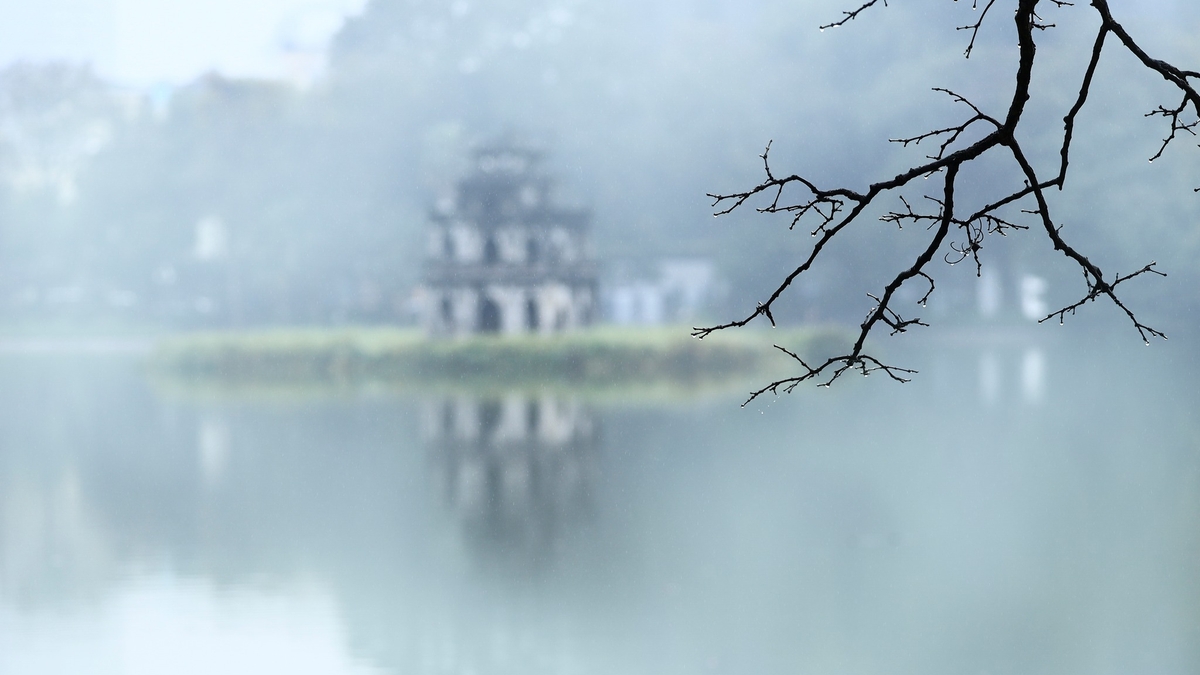
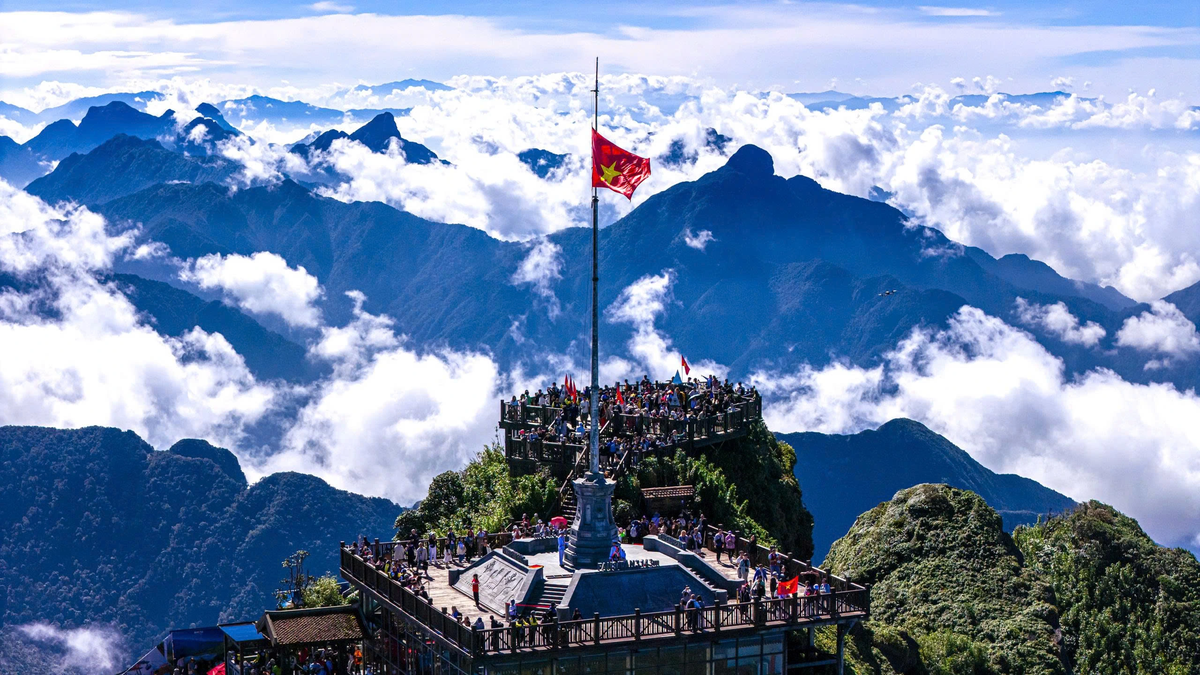
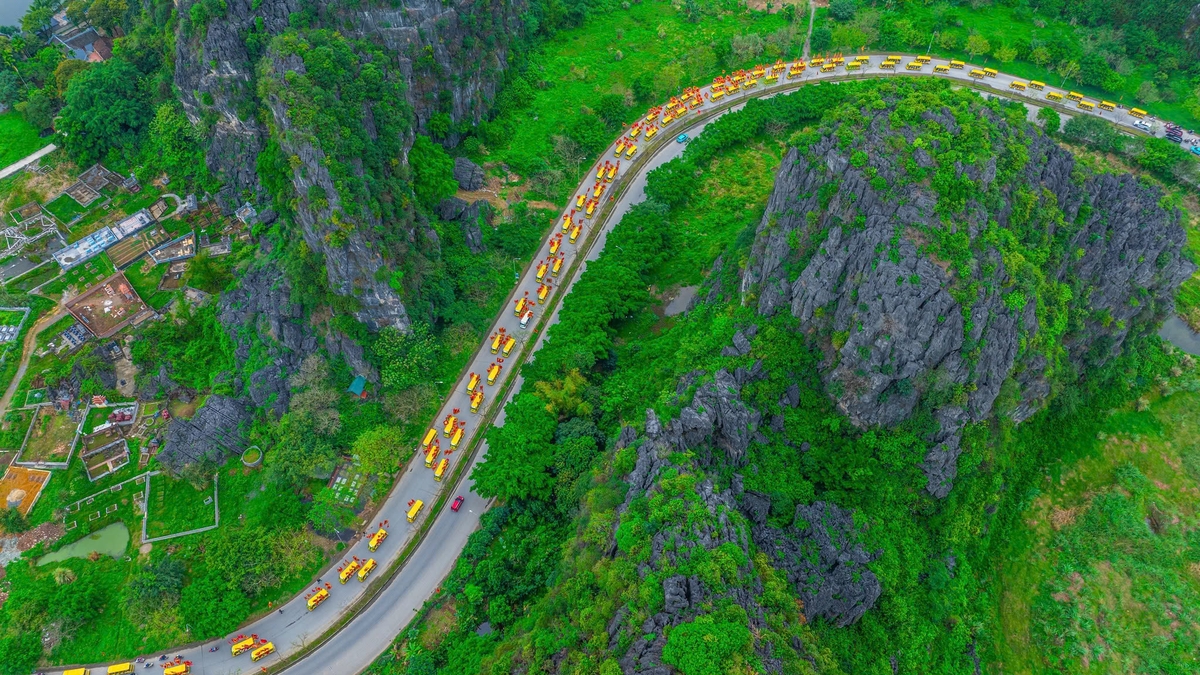
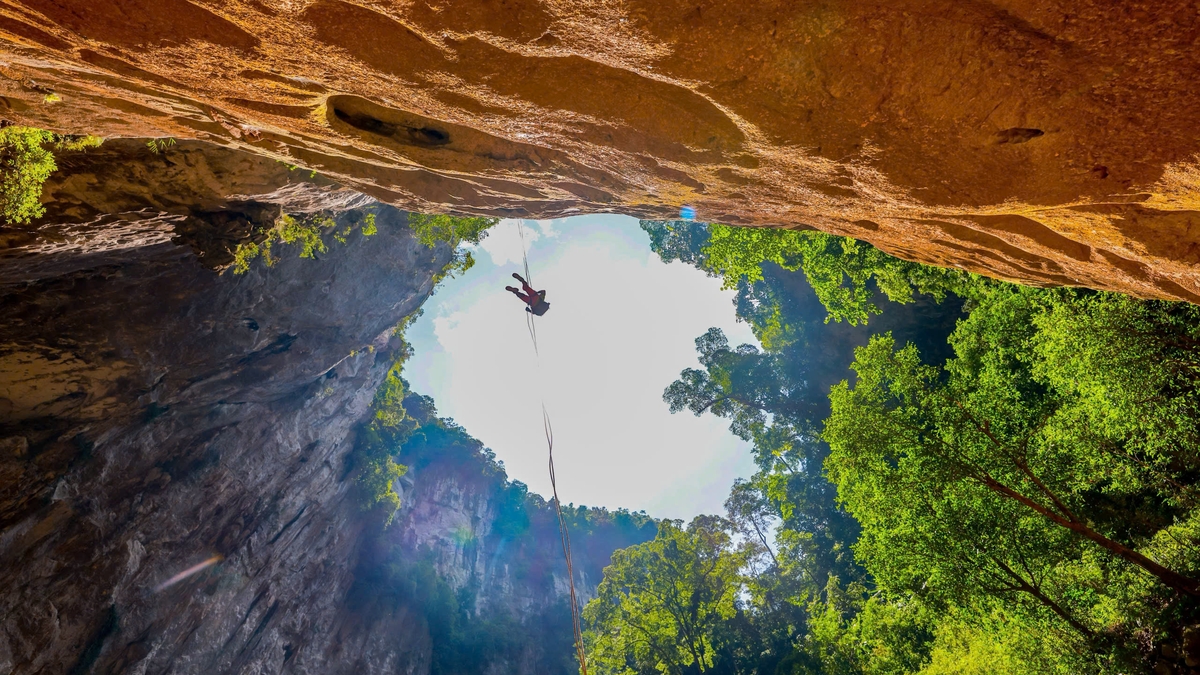
![[Photo] The 5th Patriotic Emulation Congress of the Central Inspection Commission](https://vphoto.vietnam.vn/thumb/1200x675/vietnam/resource/IMAGE/2025/10/27/1761566862838_ndo_br_1-1858-jpg.webp)
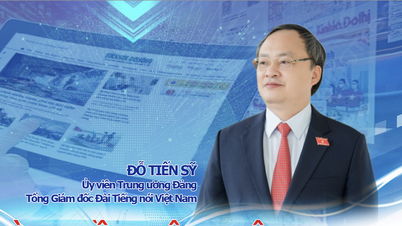



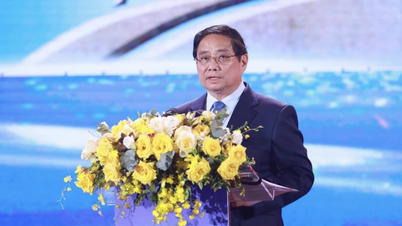

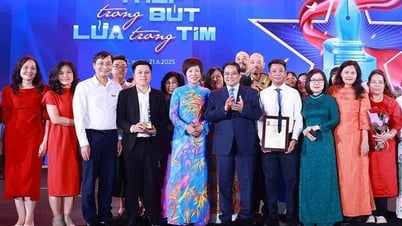

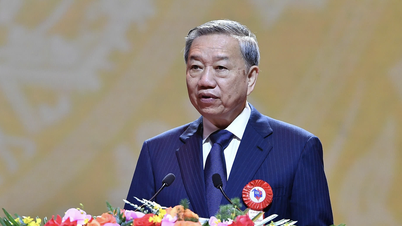
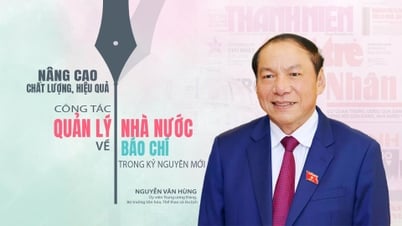
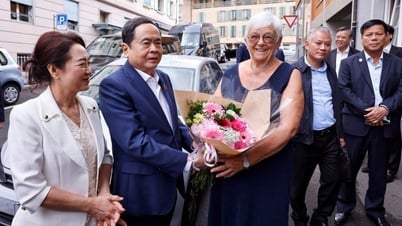
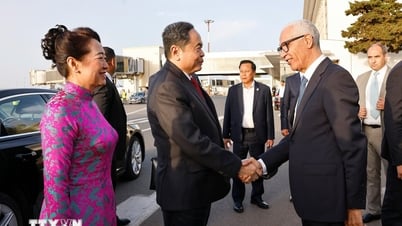
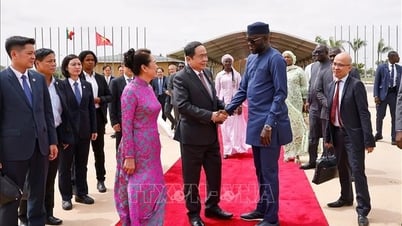
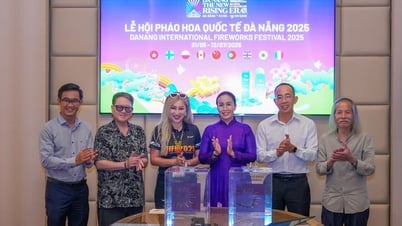

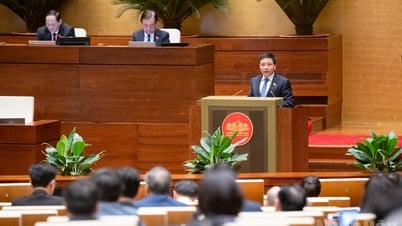
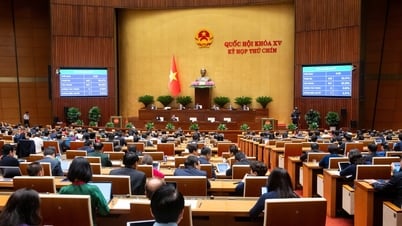

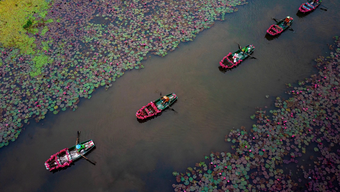

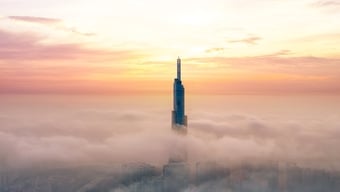
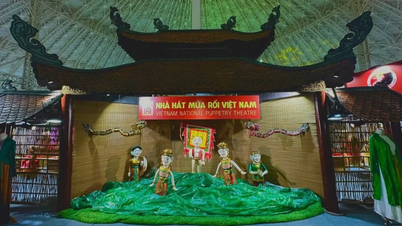
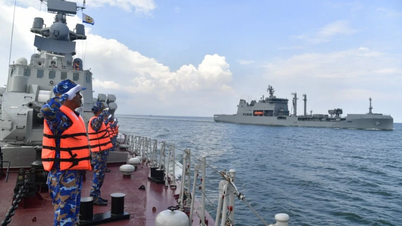
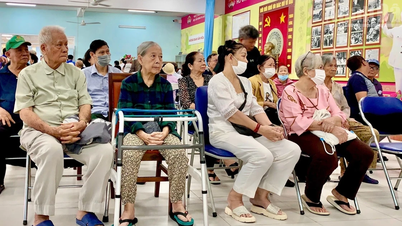
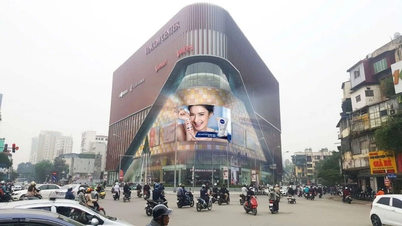
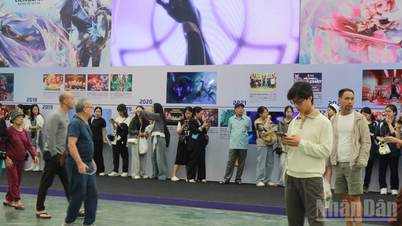
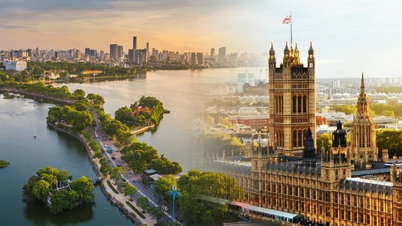
![[Photo] Party Committees of Central Party agencies summarize the implementation of Resolution No. 18-NQ/TW and the direction of the Party Congress](https://vphoto.vietnam.vn/thumb/1200x675/vietnam/resource/IMAGE/2025/10/27/1761545645968_ndo_br_1-jpg.webp)
![[Photo] National Assembly Chairman Tran Thanh Man receives Chairman of the House of Representatives of Uzbekistan Nuriddin Ismoilov](https://vphoto.vietnam.vn/thumb/1200x675/vietnam/resource/IMAGE/2025/10/27/1761542647910_bnd-2610-jpg.webp)
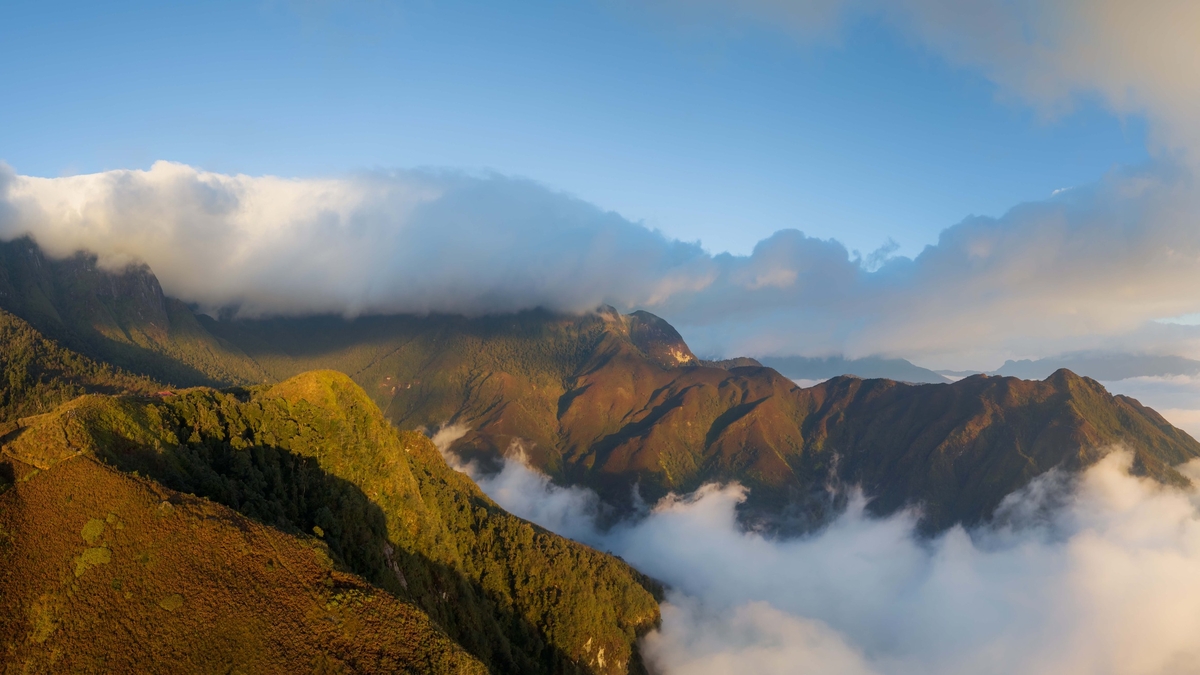


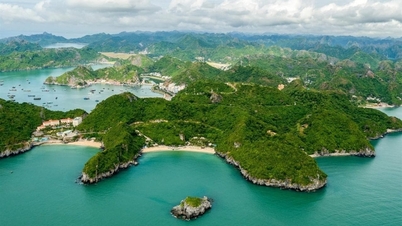

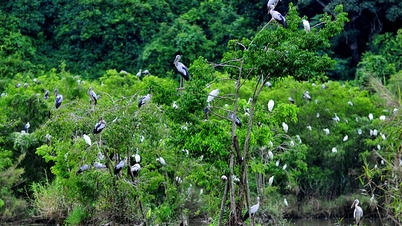

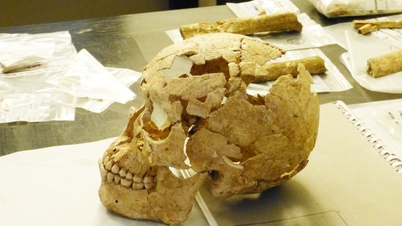




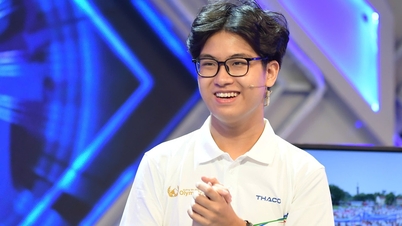

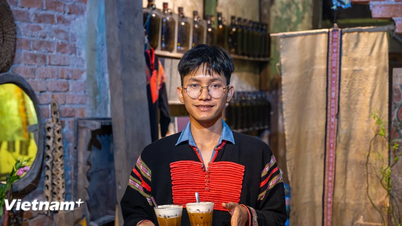
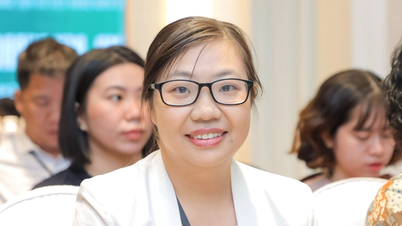

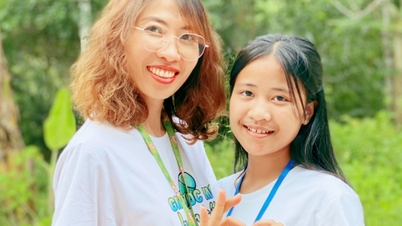


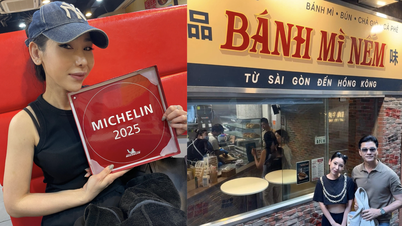
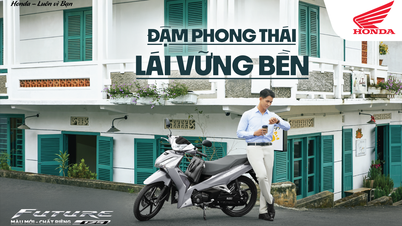

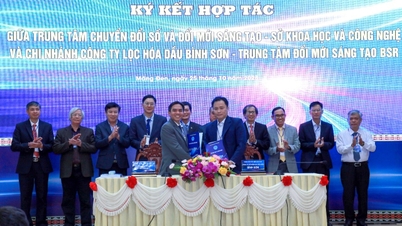
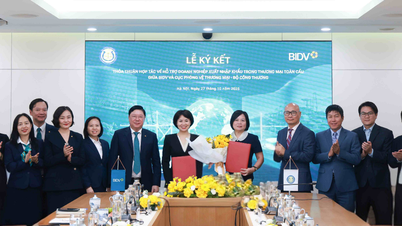
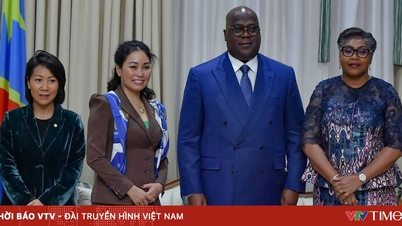



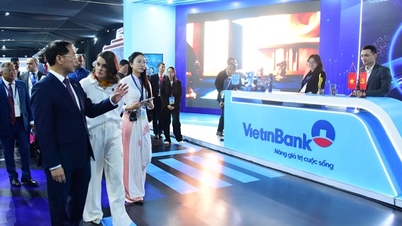
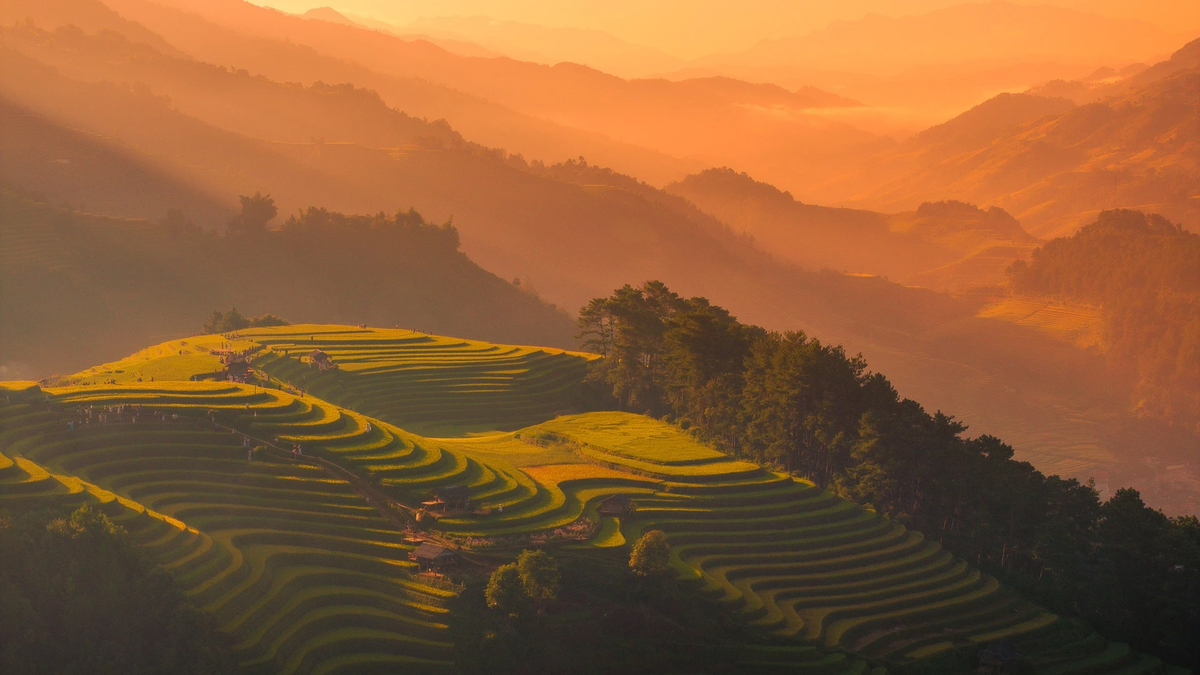
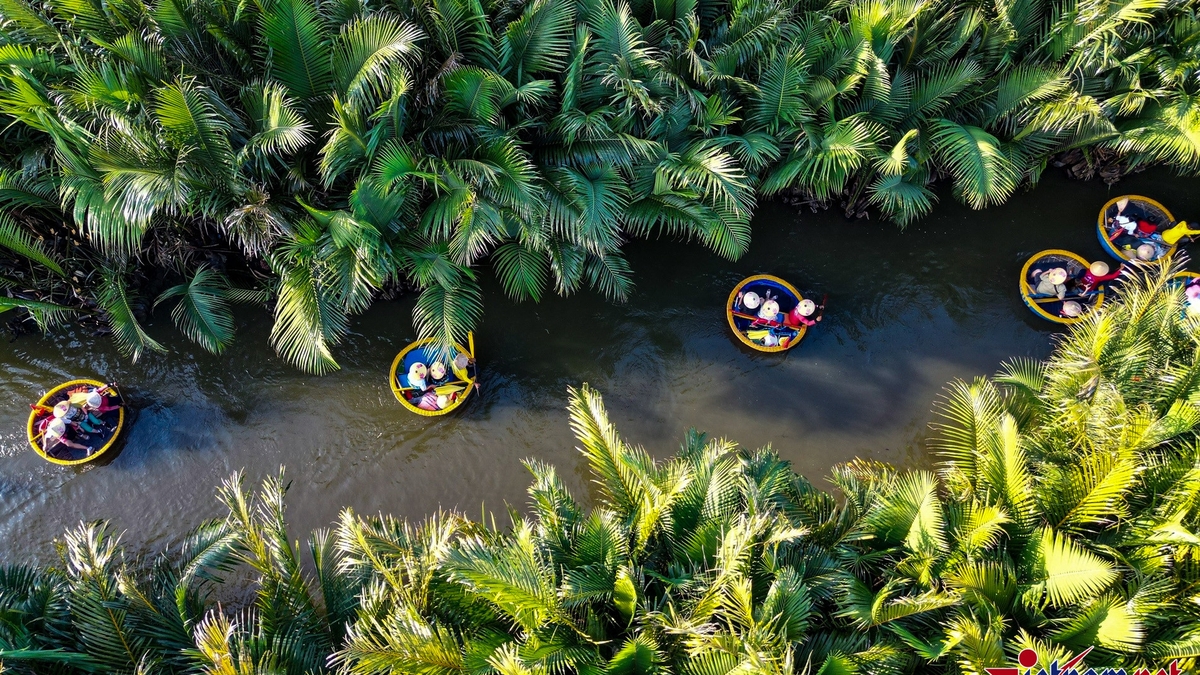
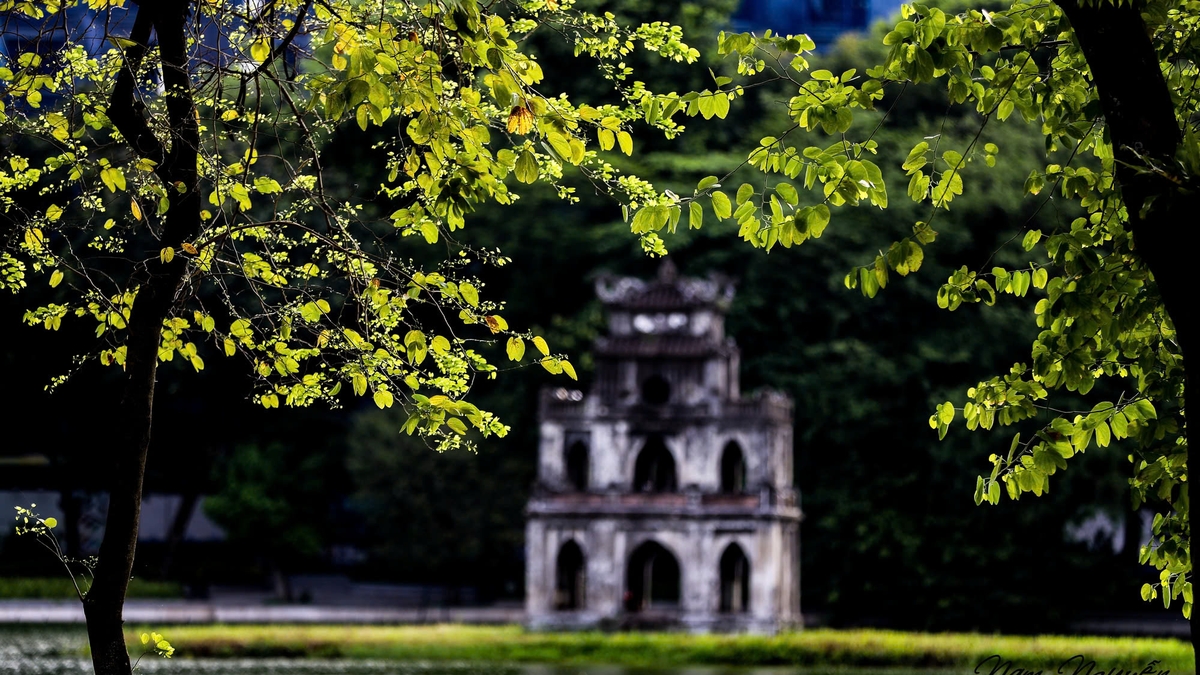
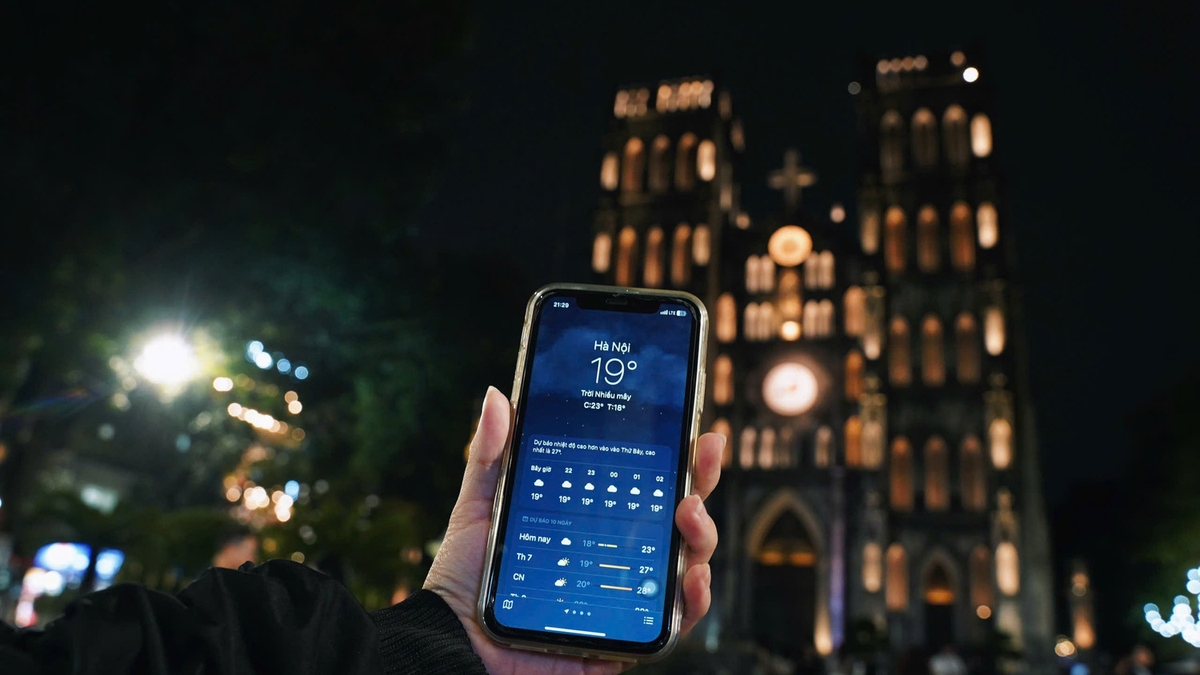
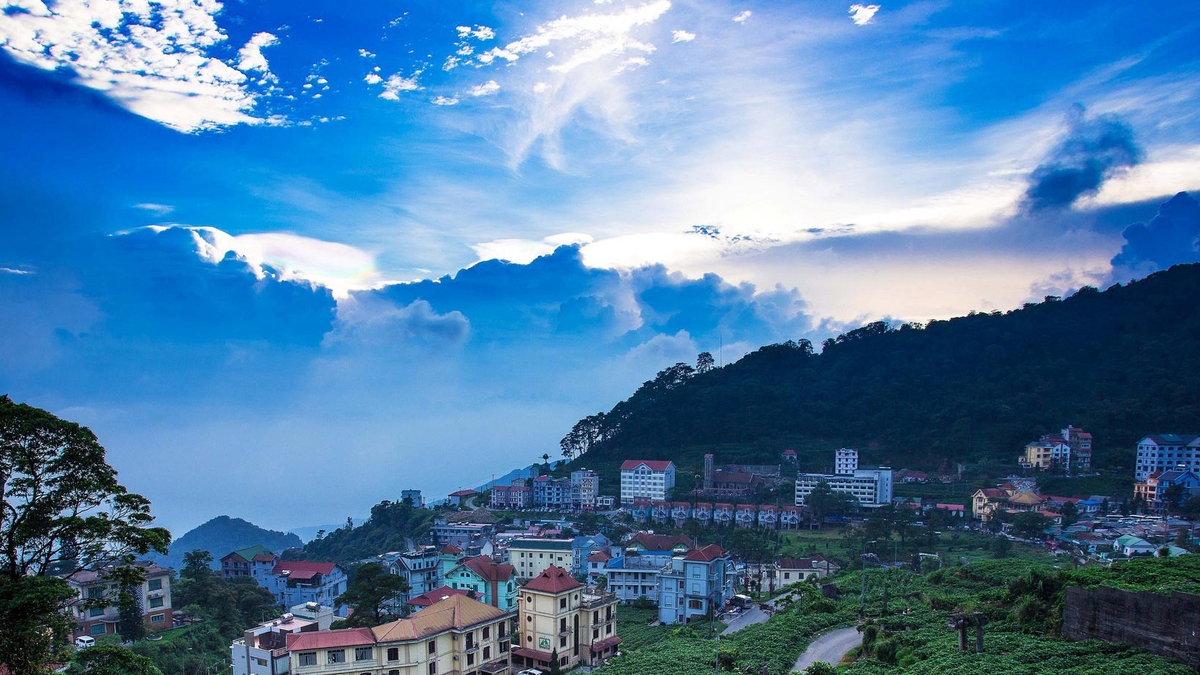
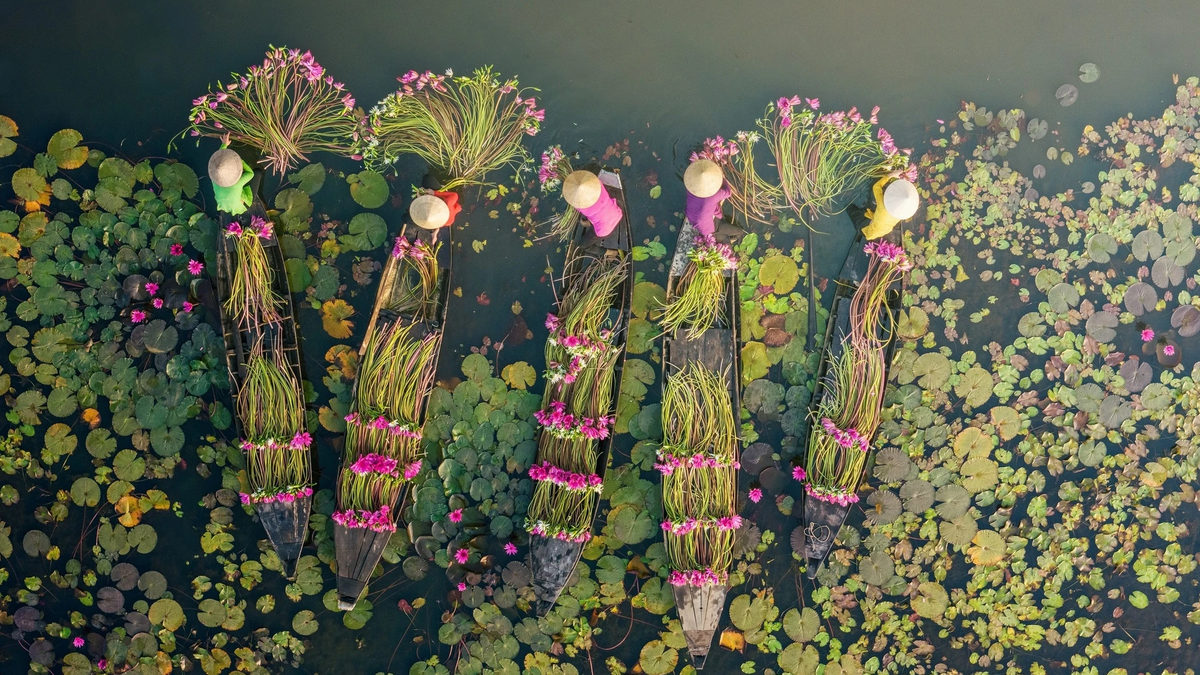
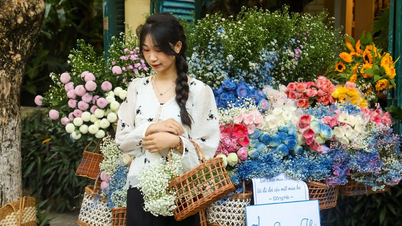
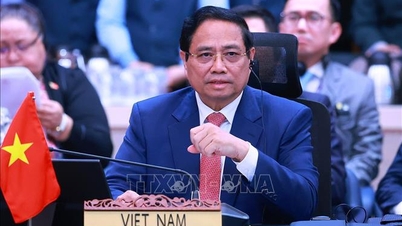
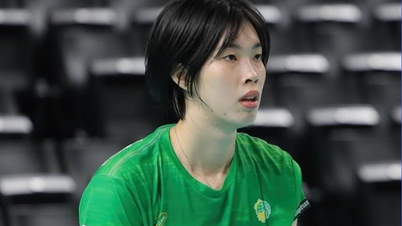
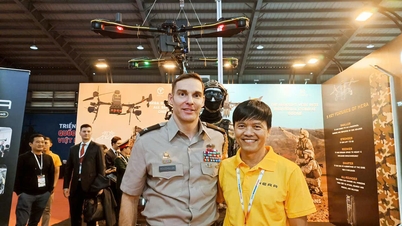
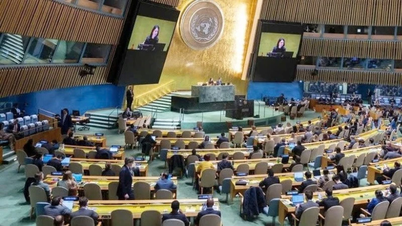
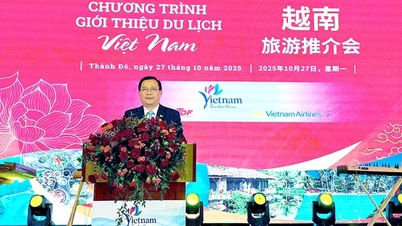

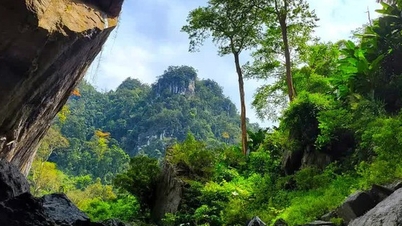

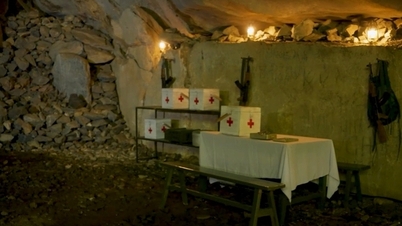


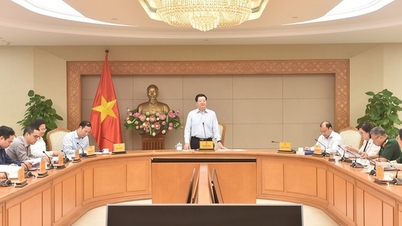
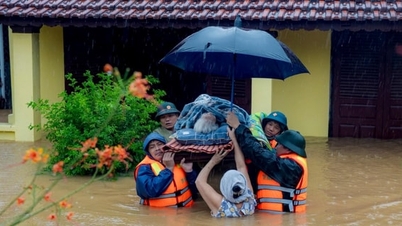

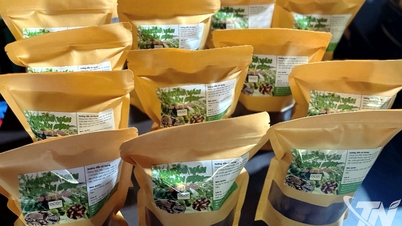

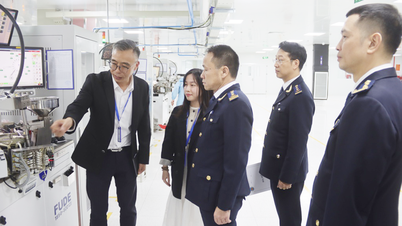

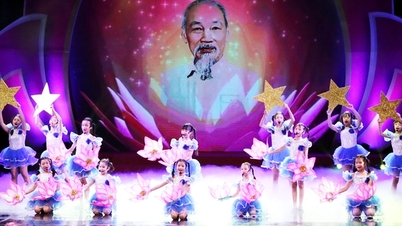
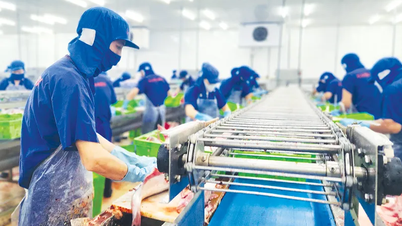

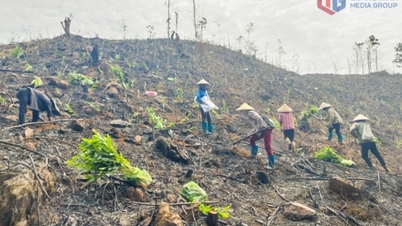








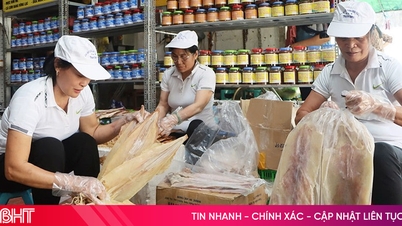




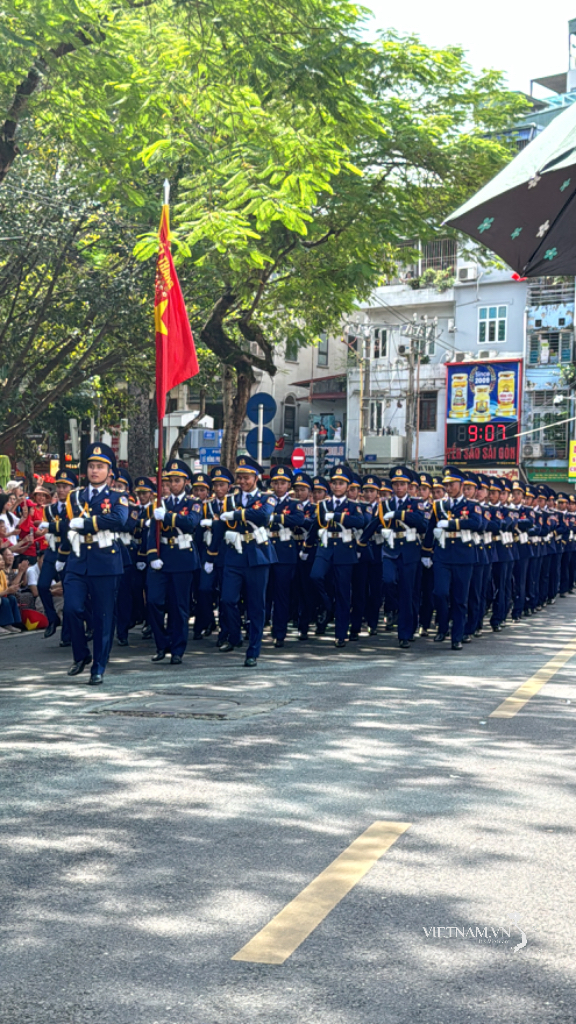
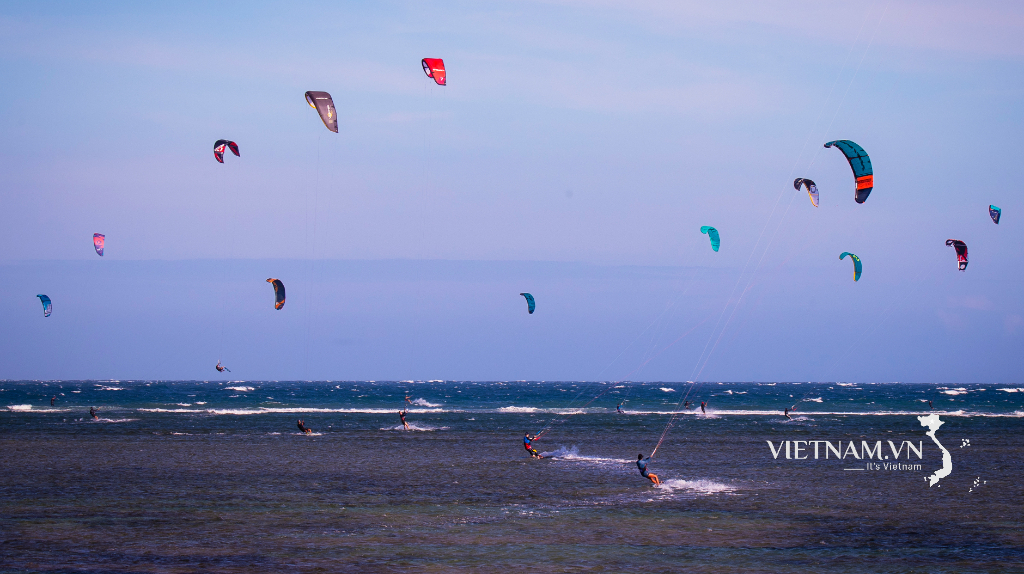

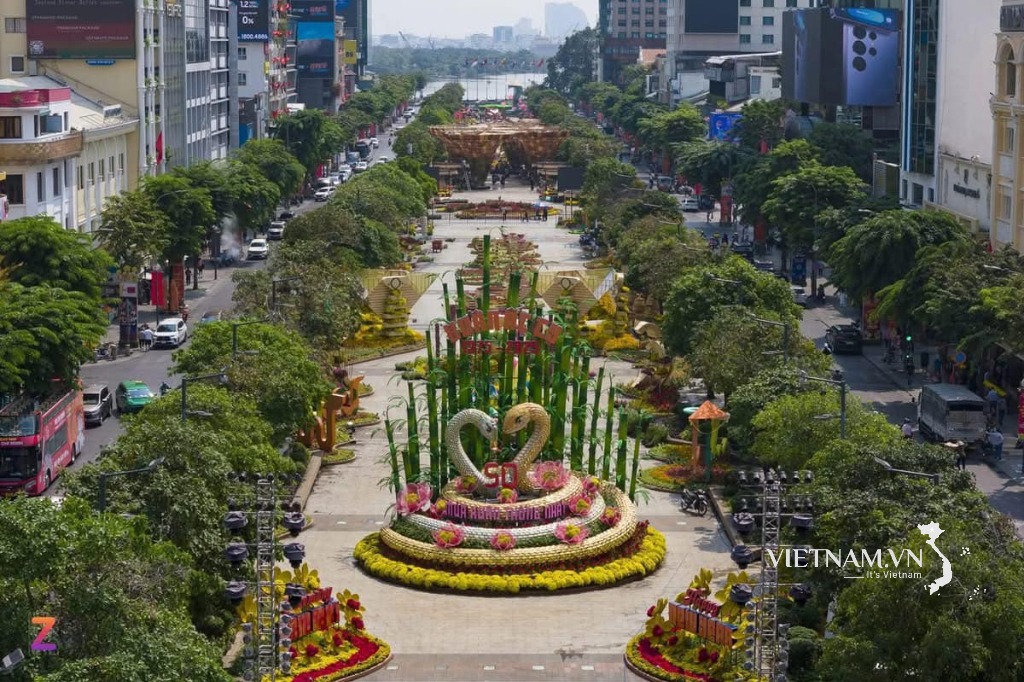
Comment (0)